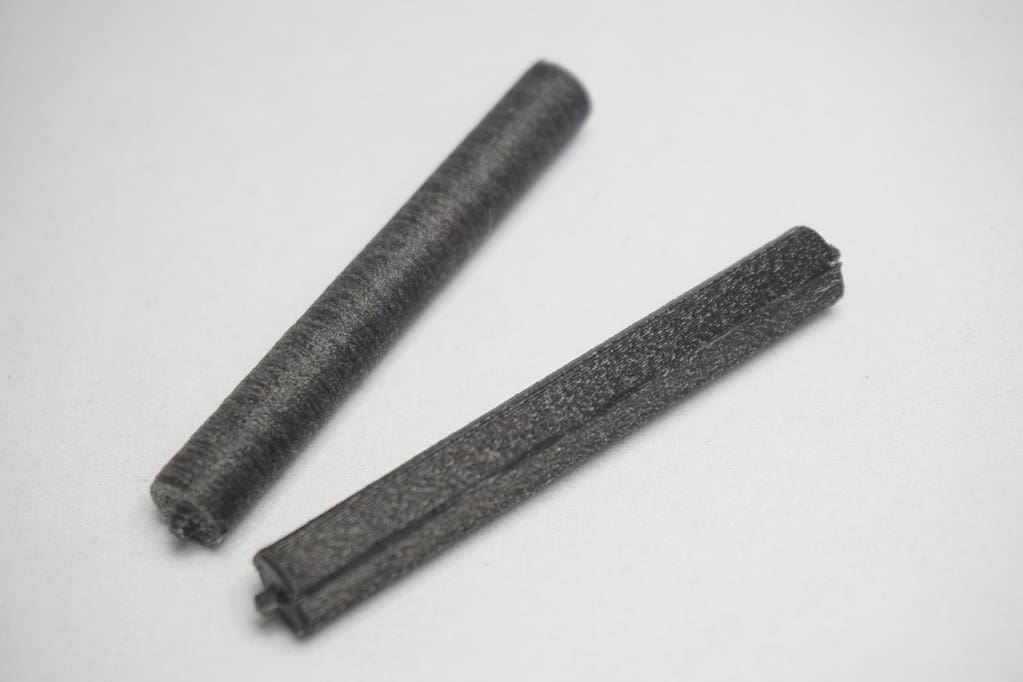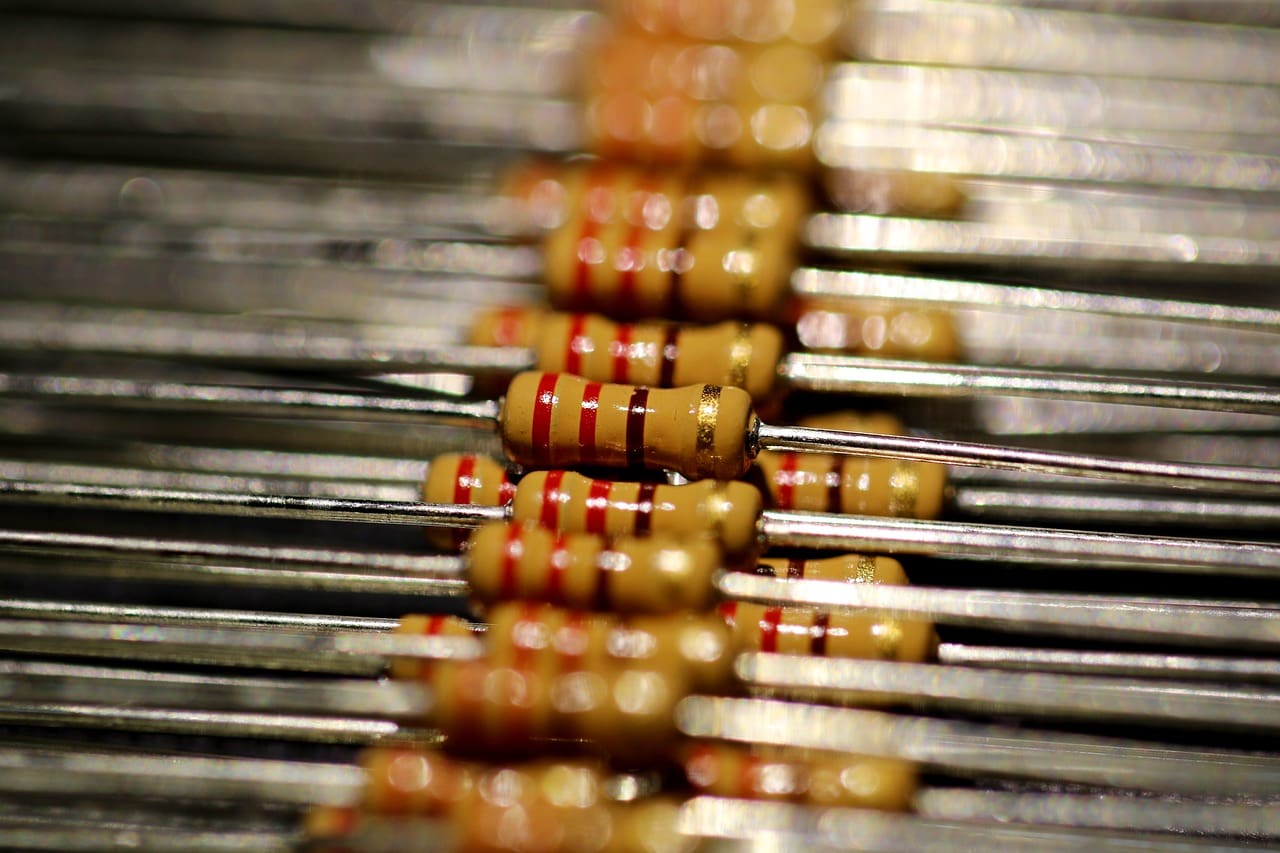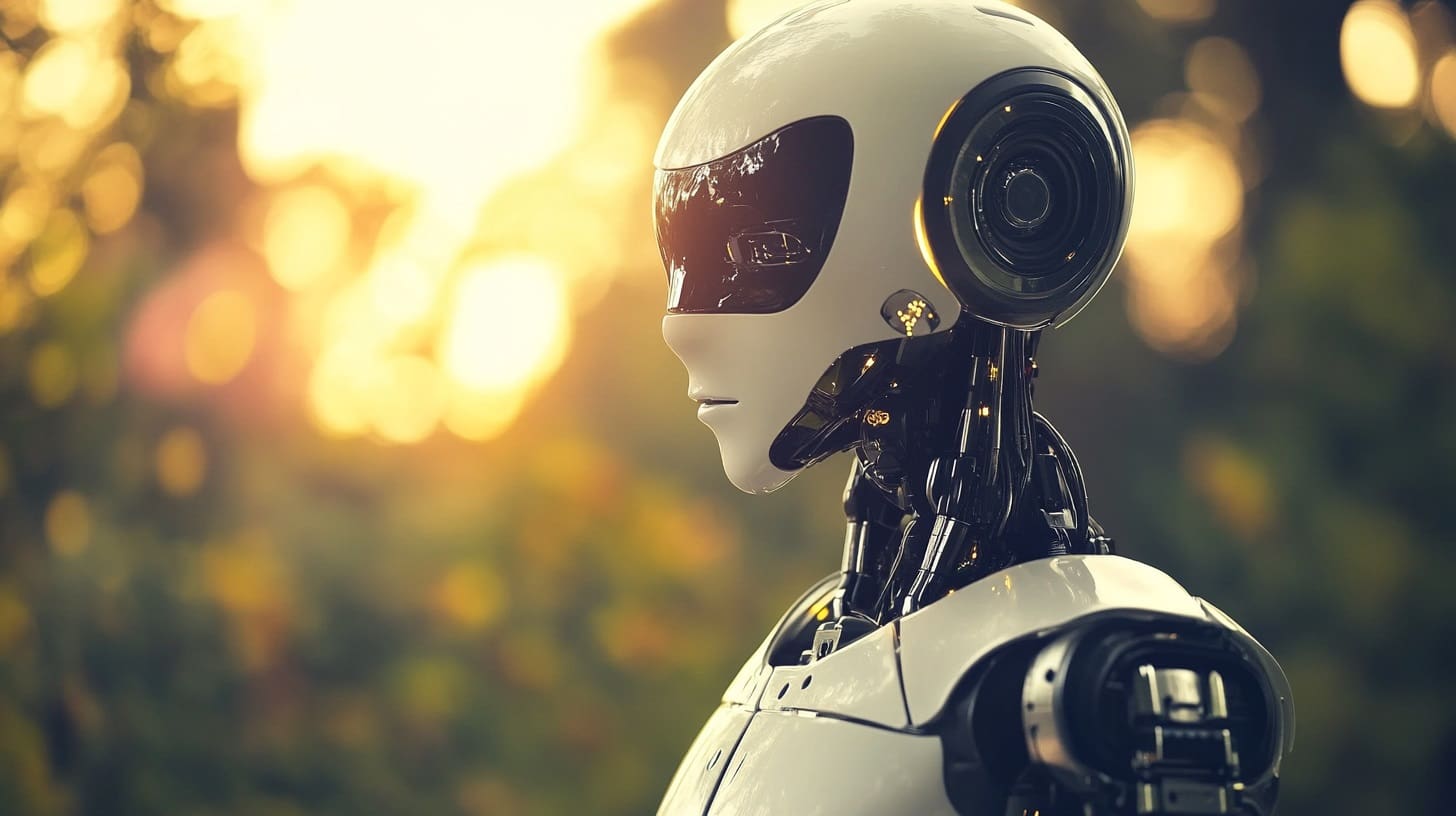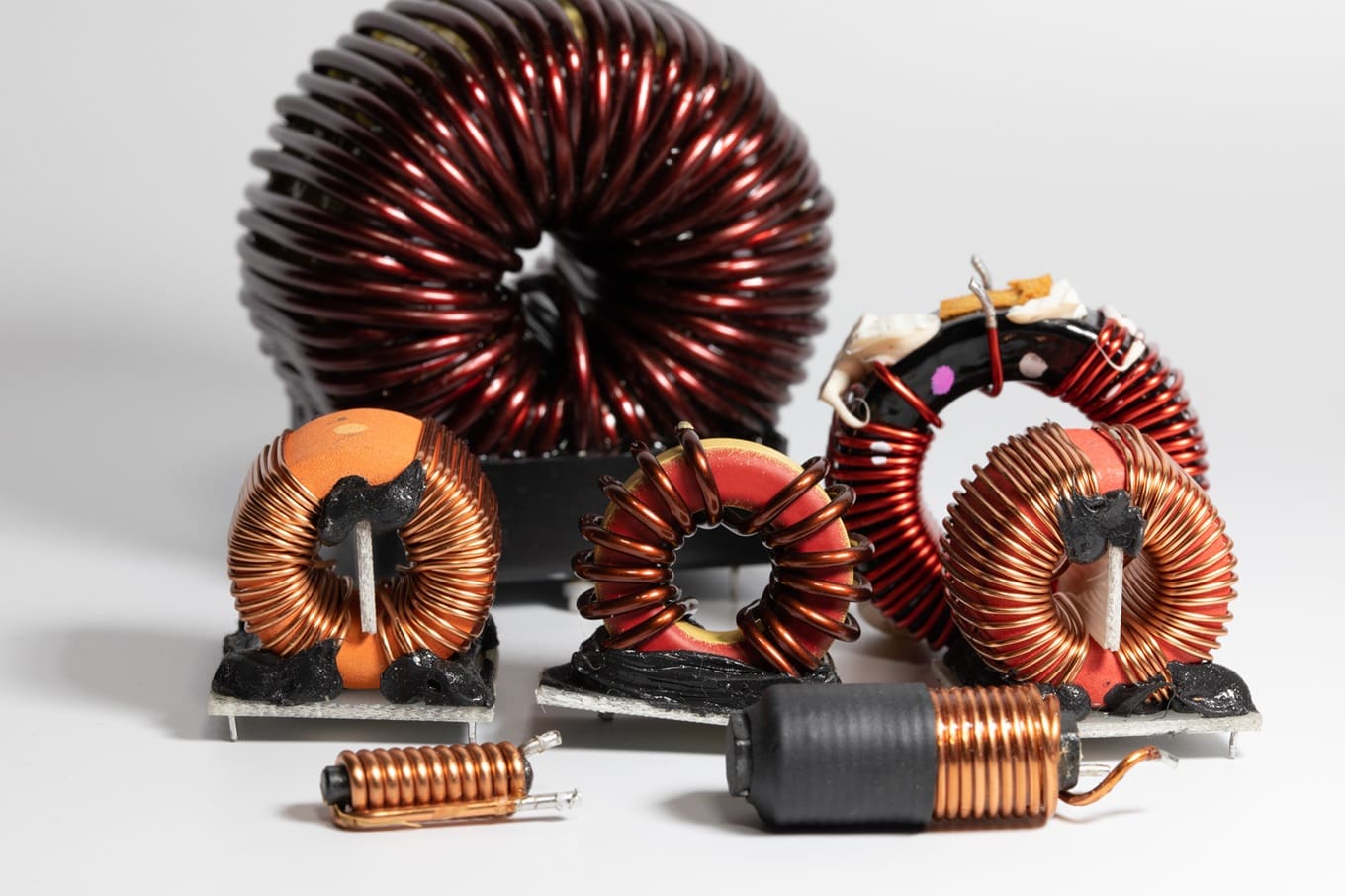In the realm of 3D printing, particularly in technologies such as Selective Laser Sintering (SLS) and Fused Filament Fabrication (FFF), the roller is a crucial component. It plays a significant role in ensuring the even distribution and precise layering of print material, be it plastic, metal powder, or any other filament. This article explores the importance, functionality, and maintenance of the roller in 3D printers, detailing how it influences the accuracy, speed, and quality of the printing process.
Importance of the Roller in 3D Printing
Layer Consistency: The roller is responsible for spreading each new layer of print material over the build area. Its ability to lay down a consistent layer thickness is vital for the dimensional accuracy and mechanical strength of the printed object.
Material Economy: Efficient use of material is crucial in 3D printing. The roller helps minimize waste by recycling excess material and ensuring an even application, which is particularly important in powder-based printing processes like SLS.
Surface Finish: A well-functioning roller contributes to a smooth surface finish of the final print by eliminating gaps and reducing material clumping, which can be critical for aesthetic and functional purposes.
Speed of Production: The speed at which the roller operates can significantly impact the overall printing time. A faster yet precise roller can reduce the time it takes to complete a print without compromising quality.
Components of the Roller System in 3D Printers
Roller Blade: This is the main component that comes into direct contact with the print material. It is usually made from a durable, wear-resistant material suitable for the type of printing material used.
Drive Mechanism: The roller is typically powered by a motor that controls its speed and direction. This mechanism must be precisely calibrated to ensure consistent layer thickness and proper integration with the printer’s overall operation.
Height Adjustment System: To accommodate varying layer thicknesses and material densities, the roller often includes a height adjustment system. This allows for fine-tuning the distance between the roller and the build platform.
Cleaning Mechanisms: In powder-based printers, the roller may include integrated brushes or a vacuum system to clean off any residual material, maintaining the roller’s efficiency and preventing contamination between layers.
Installation and Calibration of the Roller
Proper Installation: Correct alignment and installation of the roller are critical. It must be parallel to the build platform to ensure uniform material distribution across the entire build area.
Calibration: The roller’s speed, pressure, and height must be calibrated according to the material’s properties and the desired layer thickness. This calibration should be checked regularly as part of the printer’s maintenance routine.
Integration Testing: Ensuring that the roller works harmoniously with other printer components, such as the recoater and the heating elements, is vital for smooth operation and high-quality print output.
Maintenance and Optimization of the Roller
Regular Cleaning: Residual material can build up on the roller, affecting its performance. Regular cleaning is necessary to maintain its precision and prevent defects in the printed objects.
Wear Monitoring: Over time, the roller blade can wear down, especially when working with abrasive materials like glass-filled polymers or metals. Regular inspection and replacement of the roller blade are essential to maintain print quality.
Lubrication: Moving parts within the roller assembly may require lubrication to ensure smooth operation and prevent mechanical wear.
Software Updates: Keeping the printer’s software updated can improve the control algorithms for the roller, enhancing its performance and integrating better with the printer’s other systems.
Challenges and Solutions
Material Handling: Different materials may require different roller settings, especially in terms of speed and pressure. Developing profiles for each material used can help streamline the setup process for each print job.
Thermal Expansion: In printers where the build chamber is heated, the roller must be able to withstand and operate effectively in high temperatures. Using materials and components that are thermally stable is crucial.
Mechanical Precision: The roller must maintain precise contact with the material and the build platform. High-quality manufacturing and assembly of the roller and its drive mechanism are necessary to avoid issues such as uneven layers or roller slippage.
The roller in 3D printing technologies like SLS and FFF is more than just a peripheral component; it is integral to the printing process, impacting the efficiency, quality, and consistency of prints. Effective management and maintenance of the roller can lead to significant improvements in print speed and material use, reducing operational costs and enhancing the quality of the final products. Understanding the complexities of roller operation and maintenance is crucial for any 3D printing operation looking to optimize its capabilities and ensure the longevity and reliability of its printers.








